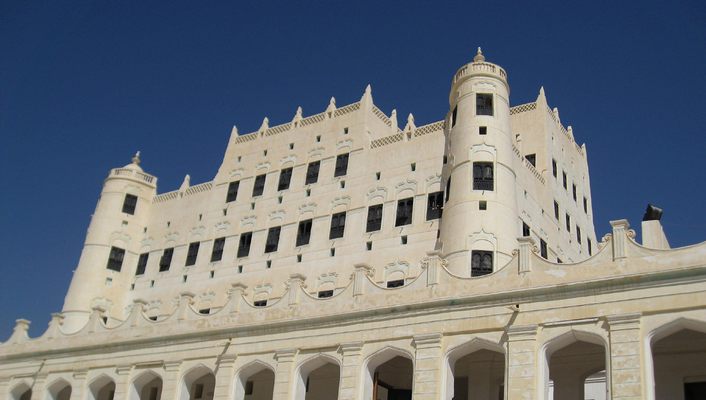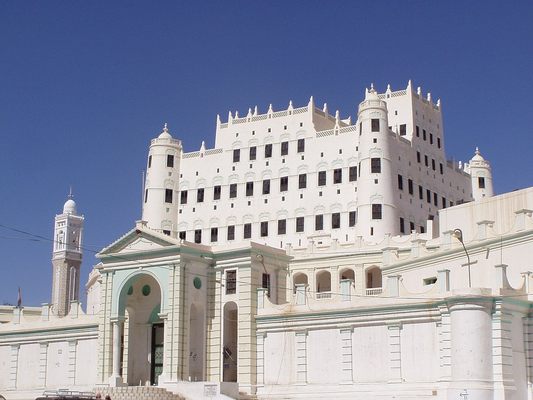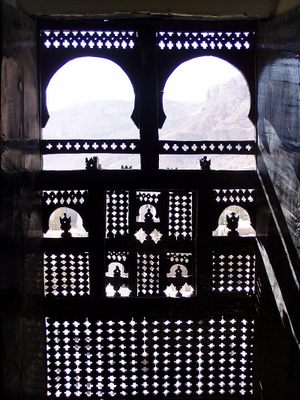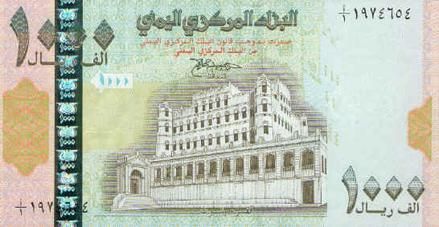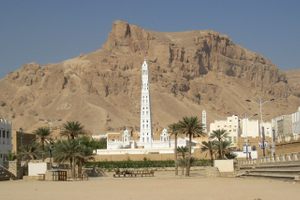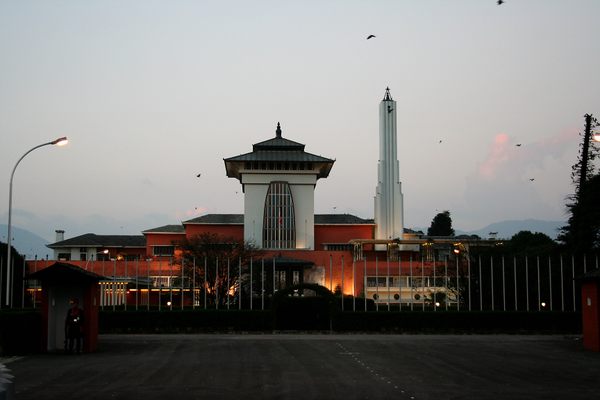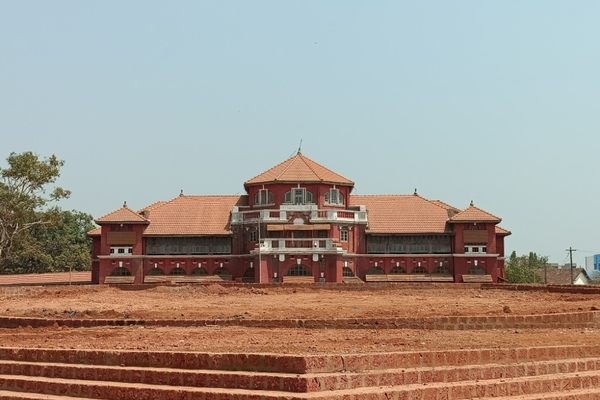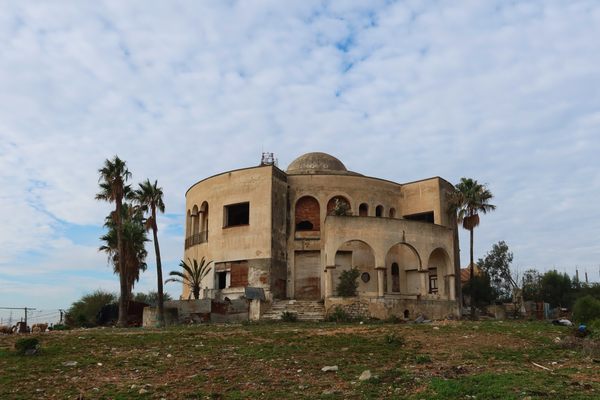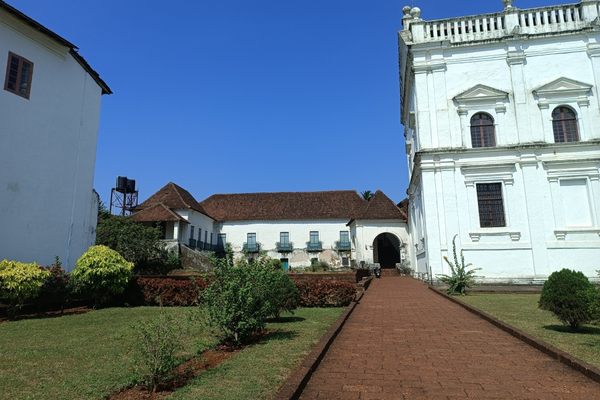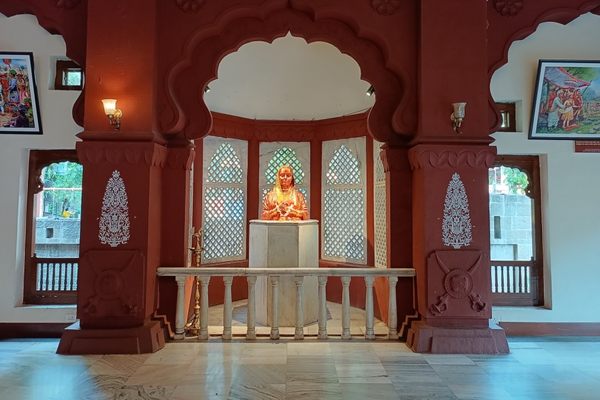About
Seyun is one of the largest towns in Yemen's Hadhramaut region. Shibam, the city known for the high concentration of high-rise mud buildings, is a mere 20 kilometers away. While Seiyun may not have the iconic status that its neighboring city enjoys, it is home to one of the largest mud buildings in the world: the Sultan Al Kathiri Palace (aka Seyun Palace). This seven-story palace boasts a total of 45 rooms. Under the white coating is a structure built according to ancient mud-building techniques.
Although a much more ancient military structure existed on this site, the construction of the Sultan Al Kathiri Palace as it has survived into the 21st century was completed in the 1920s. The appellation Kathiri refers to the Sultanate of Kathiri, which began ruling this part of Hadhramaut in 1395, with Seiyun as its capital city. The fortunes of this sultanate waxed and waned through the years, and at the beginning of the 20th century, it found itself face-to-face with a relatively new player in the Yemeni political landscape: the British Empire.
Aden had been a British protectorate since 1839, but its power was limited to the city of Aden and its immediate surrounding. However, by the 1920s, the boundaries of the British protectorate had extended to include most of Hadhramaut. With its power greatly reduced, the sultanate survived until its incorporation into the country of South Yemen in 1967. The Sultan Al Kathiri Palace is by far the most enduring structure left by the Sultanate of Kathiri.
The doors of this palace were opened to the public in 1984 and eventually closed in 2011 due to the spreading of Al-Qaeda in Hadhramaut. The palace was in danger throughout the conflict that plied Yemen in the following years, but fortuitously the only effect that this had on the palace was neglect. In due time, however, even neglect exacted its toll, and the 2020 flood increased exponentially the risk of collapse. Following this event, Saudi Arabia sponsored a program for its restoration in cooperation with UNESCO.
The significance of this structure is reflected in the choice made by the Yemeni government to have the Sultan Al Kathiri Palace portrayed on its 1,000 Riyal banknotes.
Related Tags
Published
July 24, 2023

